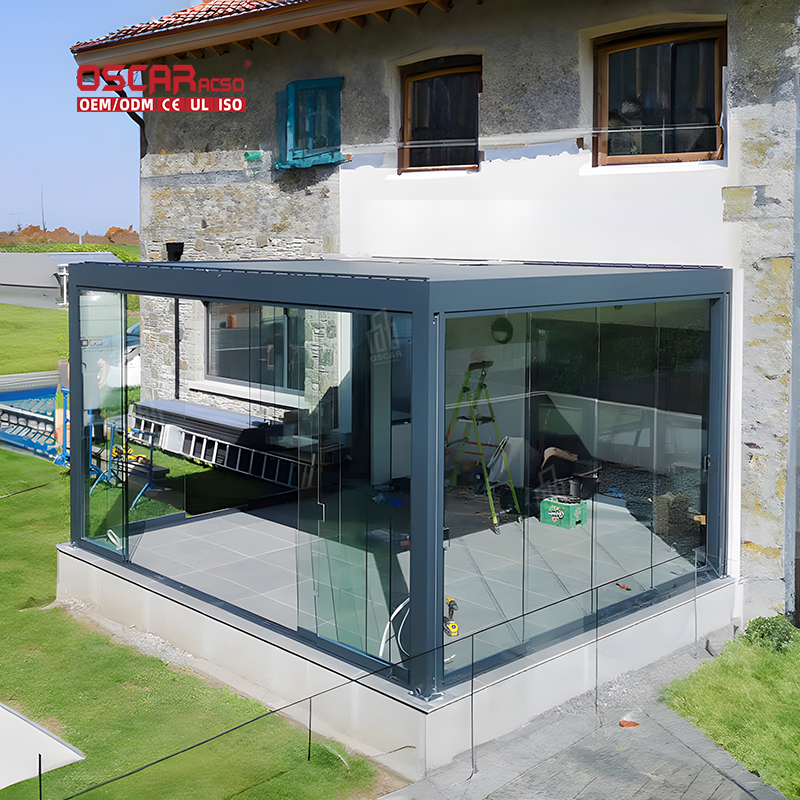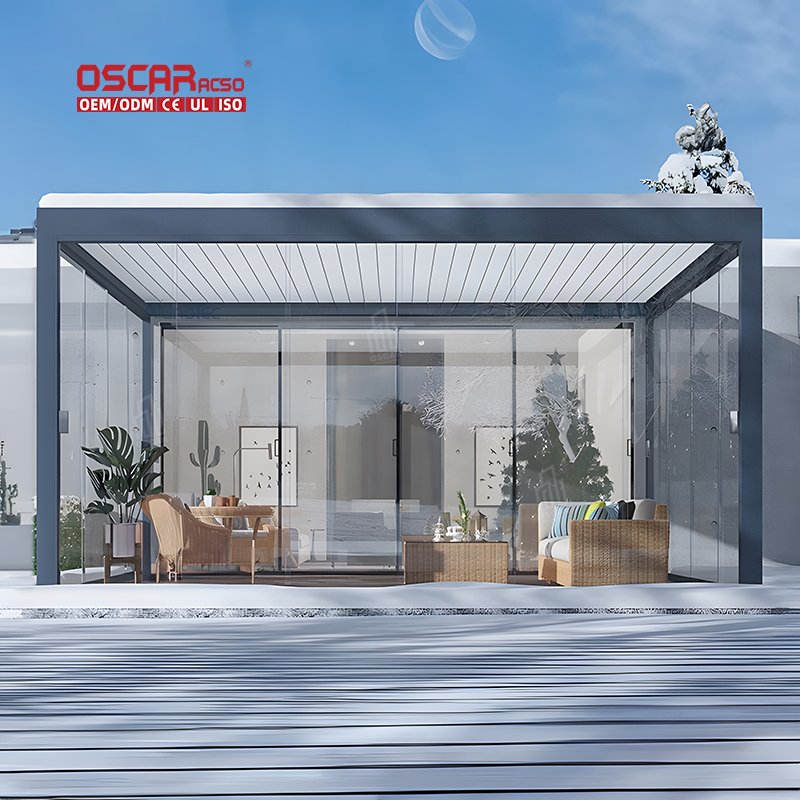Pergola Which Language, Unlocking the Global Roots of Your Garden Sanctuary
Ever wondered where the word “pergola” comes from? 🤔 This elegant garden structure has a name that travels through t...
Ever wondered where the word “pergola” comes from? 🤔 This elegant garden structure has a name that travels through time and languages, reflecting its timeless appeal. Let’s explore the linguistic journey of “pergola” and how it connects cultures worldwide! 🌍
.jpg)
The Italian Origin: La Dolce Vita in Your Backyard
The term “pergola” originates from Italian, derived from the Latin word “pergula” (meaning “projecting roof” or “porch”) . Italians have used “pergola” since at least the 17th century to describe arched garden frameworks adorned with climbing plants like vines and roses. Think of it as bringing a slice of Italian Renaissance charm to your outdoor space! 🍇
How Other Languages Embrace the Pergola
While Italian gave the word its start, many languages adopted similar terms with slight twists:
.jpg)
- •
Spanish: Also uses “pérgola” for structures supporting plants or providing shade .
- •
French: Calls it “pergola” too, emphasizing its role as a green arch or garden trellis .
- •
English: Borrowed directly from Italian, keeping the original spelling and meaning .

Fun fact: In Portuguese, “pérola” means “pearl”—a completely different word! So don’t mix up your garden upgrades with jewelry shopping 😉 .
Why Language Matters for Your Garden Design
Knowing the term’s roots isn’t just trivia—it reveals the pergola’s universal purpose: blending nature and architecture. From Italian vineyards to modern minimalist decks, pergolas symbolize relaxation and beauty across cultures. Whether you’re browsing designs or chatting with a landscaper, understanding its history adds depth to your project! 🌿
Personal Insight: More Than a Word, a Cultural Bridge
As a garden enthusiast, I love how “pergola” transcends borders. It’s not just a structure; it’s a testament to shared human love for outdoor living. From Lisbon to Tokyo, people use pergolas to create shady retreats, proving that great ideas—and words—spread joy everywhere! 💡
Exclusive Tip: Use Language to Inspire Your Design
Next time you plan a pergola, draw inspiration from its Italian roots! Incorporate:
- •
Climbing plants like ivy or wisteria for that rustic Mediterranean vibe.
- •
Stone or metal columns reminiscent of ancient Roman gardens.
.jpg)
- •
Louvered roofs (a modern twist!) for adjustable shade—popular in 2025 smart designs .
This fusion of old and new makes your space uniquely captivating! 🏡

Language and design go hand in hand. The word “pergola” might have started in Italy, but its spirit belongs to every gardener who dreams of a cozy outdoor haven. So, whether you’re saying “pérgola” in Spanish or “pergola” in English, you’re celebrating a global tradition of beauty and relaxation. 😊

